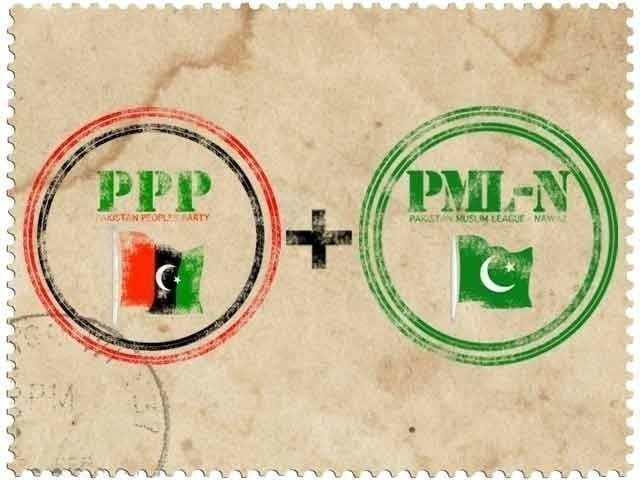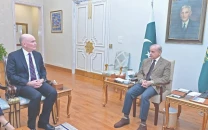In 2024, PPP struggled for a voice in coalition policies
The party grappled with symbolic victories overshadowed by limited influence

The Pakistan Peoples Party (PPP) spent much of 2024 navigating the pitfalls of limited policy influence and an uphill battle to revitalise its base, particularly in Punjab even as the party remained a key ally of the ruling coalition.
Despite securing prominent positions through its coalition with the PML-N, the PPP found itself sidelined in critical policy-making, a source of growing frustration for party leaders that was audible throughout the year in openly aired grievances.
The PML-N-led coalition's ally found itself grappling with a mixed bag of gains and challenges - from disappointing electoral results in Punjab to strained ties with coalition partner PML-N, the PPP's year has been a litmus test for its strategic depth.
Earlier in the year, PPP Chairman Bilawal Bhutto-Zardari's bid for success in the
NA-127 constituency during the February 8 general elections fell short despite a vigorous campaign and an impressive power show in Lahore.
Among 25 contenders, PML-N's Ataullah Tarar claimed victory with 98,210 votes, followed by independent candidate Malik Zaheer Abbas Khokhar with 82,230 votes.
Bilawal's 15,005 votes placed him third, which exposed the party's inability to make inroads in Punjab. While an inquiry committee was established to identify the causes of the defeat, its recommendations remained unacted upon.
After the elections, the PPP partnered with the PML-N to form a federal government. The alliance secured key constitutional roles for the PPP, including the presidency, the Senate chairmanship and other positions, while the PML-N assumed the premiership.
Although the partnership appeared fruitful on paper, cracks began to show as PPP leaders complained about their limited role in policy-making. "The PML-N has not fully lived up to our expectations," Bilawal lamented.
Moreover, PPP leaders accused their ally of bypassing them in legislative matters, with the lack of trust becoming a thorn in the side of their alliance.
President Asif Ali Zardari visited Lahore twice, while Bilawal made five trips to the city, reflecting efforts to keep PPP's presence alive in Punjab.
However, frustrations simmered as Punjab Governor Sardar Saleem Haider, a PPP stalwart, openly suggested breaking ties with the PML-N.
The governor conveyed these concerns directly to Bilawal, who, in turn, prompted Prime Minister Shehbaz Sharif to form a committee to address grievances.
Despite efforts, the stalemate persists. The committee has yet to yield results, and the much-needed organisational overhaul in Punjab remains in limbo.
Similarly, the PPP's efforts to restructure its ranks from districts to union councils have stalled, leaving the party's grassroots support in a precarious state.
While the alliance with the PML-N delivered immediate dividends in terms of positions, its long-term success remains uncertain.
Political observers reckoned that in order to avoid being left high and dry, the PPP must revisit its strategy, particularly in Punjab, where its influence has eroded.
Strengthening its grassroots network, mobilising workers, and rebuilding its organisational structure will be critical to the party's resurgence.



















COMMENTS
Comments are moderated and generally will be posted if they are on-topic and not abusive.
For more information, please see our Comments FAQ